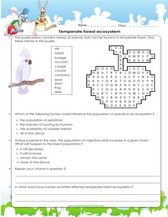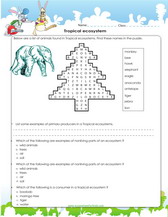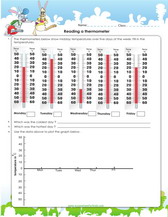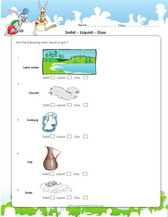Fresh Water Ecosystem Facts
Did you know that 71% of the planet Earth is covered in water? That’s a lot of water! Most of that water is in the Seas and the Oceans - 91% of that water, in fact - and we call that salt-water . Because it’s so salty.
The rest of the water on our planet can either be found in the air - and it sometimes comes down as rain - or it’s in lakes, rivers, big Icebergs and things like that. Water like this, water that isn’t salty, is called Freshwater .
Freshwater sources of water like the ones that I have mentioned can support different types of life than the sea can. So for example, some types of crabs can only live in the sea, because their bodies know how to deal with the salt in the water. In the same way, some crabs can only live in lakes, because they can’t deal with all of the salt! The same goes for all sorts of creatures;
- Dolphins
- Fish
- Crustaceans - this means crabs, shrimps, lobsters and animals like that
All of the above animals have types that only live in both the sea, but also other types that can only live in lakes and rivers.
Freshwater environments like lakes , rivers, ponds, marshes and streams have lots of animals and plants living in them too, kinds that you wouldn’t find in the sea.
As well as fish and crustaceans, you can also expect to find other animals in Freshwater environments that don’t even have to stay in the water. You can probably think of a few!
- Insects and spiders
- Otters and Beavers
- Ducks and other water-fowl
- Turtles
- Crocodiles
- Lizards
What is an Ecosystem?
You can probably guess that all of these animals can all depend on each-other somehow. In most kinds of places in nature this is the case. An environment like this is called an Ecosystem . In an ecosystem you can discover all of the ways that these animals relate to one-another to survive.
What makes a ‘Fresh-water Ecosystem’ so special ?
So, for one kinda gross example, ducks eat grass and other kinds of plants that grow in and around the water near lakes and ponds. But also, ducks also provide food for lots of the little bugs and things that live in their water - by pooping! While us people obviously shouldn’t ever eat poop (it’s nasty and might make you sick!) other little creatures - like fishes and bugs - have developed ways that they can survive by getting energy and nutrients from the poop, the same way that we get energy and nutrients from food.
What’s really amazing is that the whole of the pond works like this - with different animals and plants doing different jobs that allow the whole eco-system to keep going. As time goes on, leaves fall from the trees and turn into compost, and the compost turns into dirt so that more trees can grow - the beavers cut down the trees to make little dams and different kinds of frogs can lay their spawn in there to grow.
You have to admit, Fresh-water Eco-Systems are a wonderful thing!




